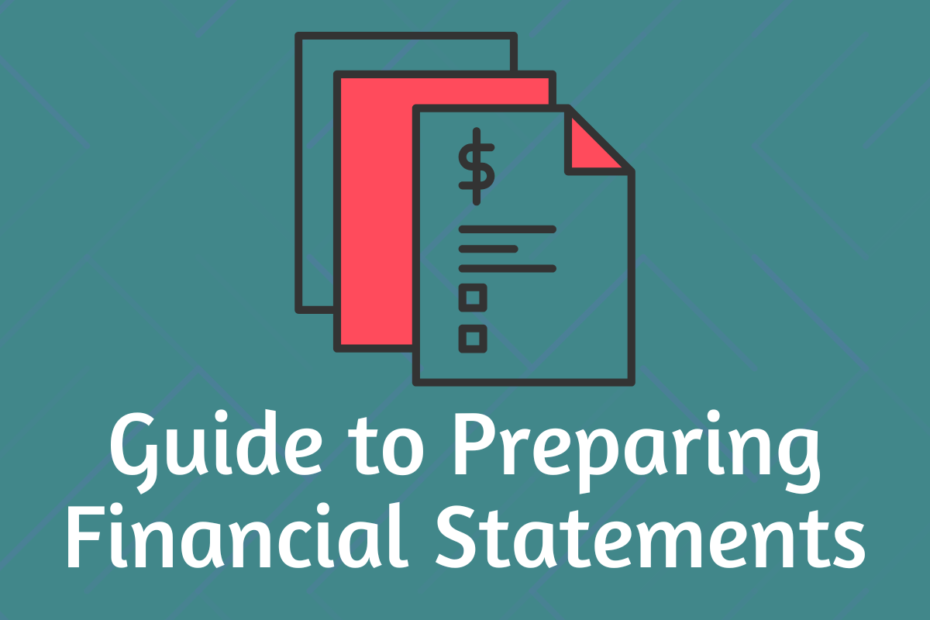Financial statements are fundamental tools for businesses, enabling clear insights into the financial health and performance of an organization. As we delve into the intricacies of financial statement preparation, our focus will include key areas such as the Income Statement, also known as the Profit and Loss (P&L) statement. Here, we break down each aspect in detail, empowering you to build an accurate, insightful, and compliant financial record.
Understanding Financial Statements
Financial statements are structured reports that summarize the financial activities and position of a business. Typically, they consist of the Income Statement (Profit and Loss Statement), Balance Sheet, and Cash Flow Statement. Each report provides unique insights into the financial well-being and operational efficiency of the company.
Importance of the Income Statement
The Income Statement is crucial as it outlines the company’s revenues, expenses, and net profit over a specific period. This helps businesses gauge their profitability, make informed decisions, and plan for future growth.
Key Components of the Income Statement
Understanding the main elements of an Income Statement is critical to accurately reflect a business’s financial status. Here are the core components:
1. Revenue (Sales)
Revenue represents the total earnings from goods or services sold before any expenses are deducted. It is often the top line of the Income Statement and provides the foundation for calculating profit.
2. Cost of Goods Sold (COGS)
COGS refers to the direct costs associated with producing goods or services. This includes raw materials, labor, and production costs. Subtracting COGS from revenue gives the Gross Profit.
3. Gross Profit
Gross Profit is the revenue remaining after subtracting COGS. This figure is essential as it indicates the efficiency of production and sales processes.
4. Operating Expenses
Operating expenses are the indirect costs necessary for running a business, such as rent, utilities, salaries, and administrative expenses. These are subtracted from Gross Profit to determine Operating Profit.
5. Operating Profit (EBIT)
Operating Profit, also known as Earnings Before Interest and Taxes (EBIT), reveals how well the business is performing before considering financial and tax expenses.
6. Net Profit
Net Profit, or the bottom line, is the final income figure after all expenses, including taxes and interest, have been deducted. It is a primary indicator of the company’s profitability.
Steps to Prepare an Income Statement
Creating an Income Statement requires careful calculation and accurate data recording. Below are essential steps:
Step 1: Calculate Total Revenue
Begin by summing all sales, fees, and service charges, representing the total revenue earned during the period.
Step 2: Calculate Cost of Goods Sold (COGS)
List all costs directly tied to production or service delivery. This will provide the COGS total.
Step 3: Determine Gross Profit
Subtract COGS from Revenue. This provides the Gross Profit figure.
Step 4: Deduct Operating Expenses
Identify and subtract all operational expenses not directly tied to production. This includes general, selling, and administrative expenses.
Step 5: Adjust for Interest and Taxes
Subtract any interest and tax obligations. This step provides the Net Profit or bottom line.
Understanding Revenue, Expenses, and Net Profit
A sound understanding of revenue, expenses, and net profit is essential for interpreting the Income Statement. Here’s how each component impacts financial results:
- Revenue serves as a benchmark for business activity and is an indicator of demand.
- Expenses, both direct and indirect, influence the profit margin. Keeping these costs under control is critical.
- Net Profit reflects the business’s financial success after all expenses and taxes have been accounted for.
Analyzing these areas enables businesses to spot trends, areas of improvement, and potential for growth.
Example of a Simple Profit and Loss Statement
Below is an example of a basic Income Statement for a fictitious business:
| Description | Amount ($) |
|---|---|
| Revenue | 100,000 |
| Cost of Goods Sold | 40,000 |
| Gross Profit | 60,000 |
| Operating Expenses | 20,000 |
| Operating Profit | 40,000 |
| Interest Expense | 5,000 |
| Taxes | 7,000 |
| Net Profit | 28,000 |
This simplified example demonstrates the core components and calculations involved in preparing an Income Statement.
Using Financial Statements for Business Growth
Financial statements are not only for compliance but also serve as critical tools for strategizing and growth planning. Analyzing the Income Statement allows businesses to:
- Identify profitable areas and allocate resources effectively.
- Control costs by reviewing expense categories and implementing cost-saving measures.
- Plan for expansion by understanding how much capital is available for growth or reinvestment.
Business owners and managers can thus leverage financial statements to make data-driven decisions that support the company’s objectives.
Frequently Asked Questions
What is the main purpose of an Income Statement?
The Income Statement provides insights into a company’s profitability over a specific period. It helps stakeholders assess revenue generation and cost management efficiency.
How often should Income Statements be prepared?
Income Statements are generally prepared on a monthly, quarterly, or annual basis. Regular preparation aids in tracking performance and making timely adjustments.
What is the difference between Gross Profit and Net Profit?
Gross Profit is the amount remaining after subtracting the Cost of Goods Sold from Revenue, while Net Profit is the final amount left after deducting all expenses, including operating expenses, interest, and taxes.
How can I reduce operating expenses to improve Net Profit?
To lower operating expenses, consider optimizing processes, renegotiating supplier contracts, or exploring automation tools. Regularly review expense categories to find cost-saving opportunities.
Conclusion
Mastering the art of financial statement preparation empowers businesses to manage their resources more effectively, optimize profitability, and support long-term growth strategies. The Income Statement, or Profit and Loss statement, serves as a cornerstone in financial reporting, providing a clear view of a company’s financial performance. Through careful analysis and interpretation, financial statements become a powerful resource for business success.
